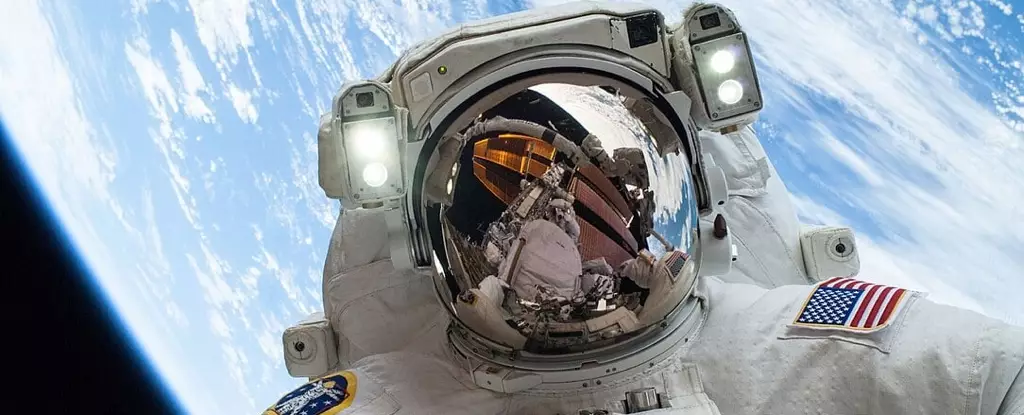Long-term space missions are often celebrated for their scientific and exploratory achievements, yet they harbor unseen health risks that could jeopardize human longevity in space. Among these hidden dangers, one of the most alarming is the alteration of astronauts’ eyesight—an issue that is becoming increasingly prominent and warrants urgent attention. Unlike other space-related ailments that subside upon return to Earth, vision degradation presents a persistent challenge, with some effects lasting for years, potentially ending careers and limiting future interplanetary exploration.
The phenomenon, labeled Spaceflight Associated Neuro-ocular Syndrome (SANS), was initially identified after astronauts reported blurry vision, eye swelling, and other visual disturbances post-mission. The first accounts surfaced when Dr. Sarah Johnson, who spent six months aboard the ISS, observed her previously sharp vision deteriorate during her mission. Her experience echoes that of many astronauts who experience reversible and irreversible visual changes, such as flattening of the eyeball and swelling of the optic nerve. This trend raises a critical question: What causes these profound alterations in visual health during prolonged weightlessness?
Understanding the Roots of the Problem
The culprit appears intimately tied to the effects of microgravity on the human body’s physiology. On Earth, gravity pulls bodily fluids downward, maintaining a balanced distribution that our bodies have adapted to over millions of years. In space, this gravitational pull diminishes, leading to fluid redistribution. Fluids that usually flow downward toward the legs instead shift upward toward the face and cranium, increasing intracranial pressure and distorting the shape of the eyeball. This pressure compression can cause significant, sometimes permanent, structural changes to ocular tissues.
This fluid shift is not merely a benign inconvenience; it actively compromises visual clarity. The increased intracranial pressure affects the optic nerve and the back of the eye, leading to the visual abnormalities that many astronauts report. When considering long-term missions, especially to Mars—expected to last up to three years—the concern multiplies. The question becomes whether these physiological changes stabilize or worsen over time, risking irreversible damage and jeopardizing astronauts’ health and mission success.
Innovative Solutions and Challenges Ahead
NASA researchers are now racing against the clock to develop effective countermeasures to combat the effects of microgravity on vision. Among the promising approaches are specialized contact lenses designed to regulate pressure, pharmaceuticals that can decrease intracranial pressure, and tailored exercise routines aimed at promoting normal blood flow and fluid distribution. A novel device, called the Visual Impairment Intracranial Pressure (VIIP) chamber, is being tested to simulate Earth-like pressure conditions within the skull and eyes.
While these interventions are still in experimental phases, their potential to safeguard astronaut health is profound. Interestingly, the insights gained from this research extend beyond space exploration. Conditions such as glaucoma and intracranial hypertension on Earth could benefit from a deeper understanding of pressure-related ocular changes. The dual benefit underscores the importance of investing in space medicine: solving problems for astronauts could ultimately improve health outcomes for millions on Earth.
As humanity prepares to push further into the cosmos, the challenge of preserving vision in space remains a high priority. The ongoing quest to develop effective solutions reflects a broader truth: understanding our body’s response to extreme environments is essential if we are to survive—and thrive—beyond our home planet. Only through relentless innovation and rigorous scientific inquiry can we hope to see a future where space travel is not limited by our biological constraints.


Leave a Reply